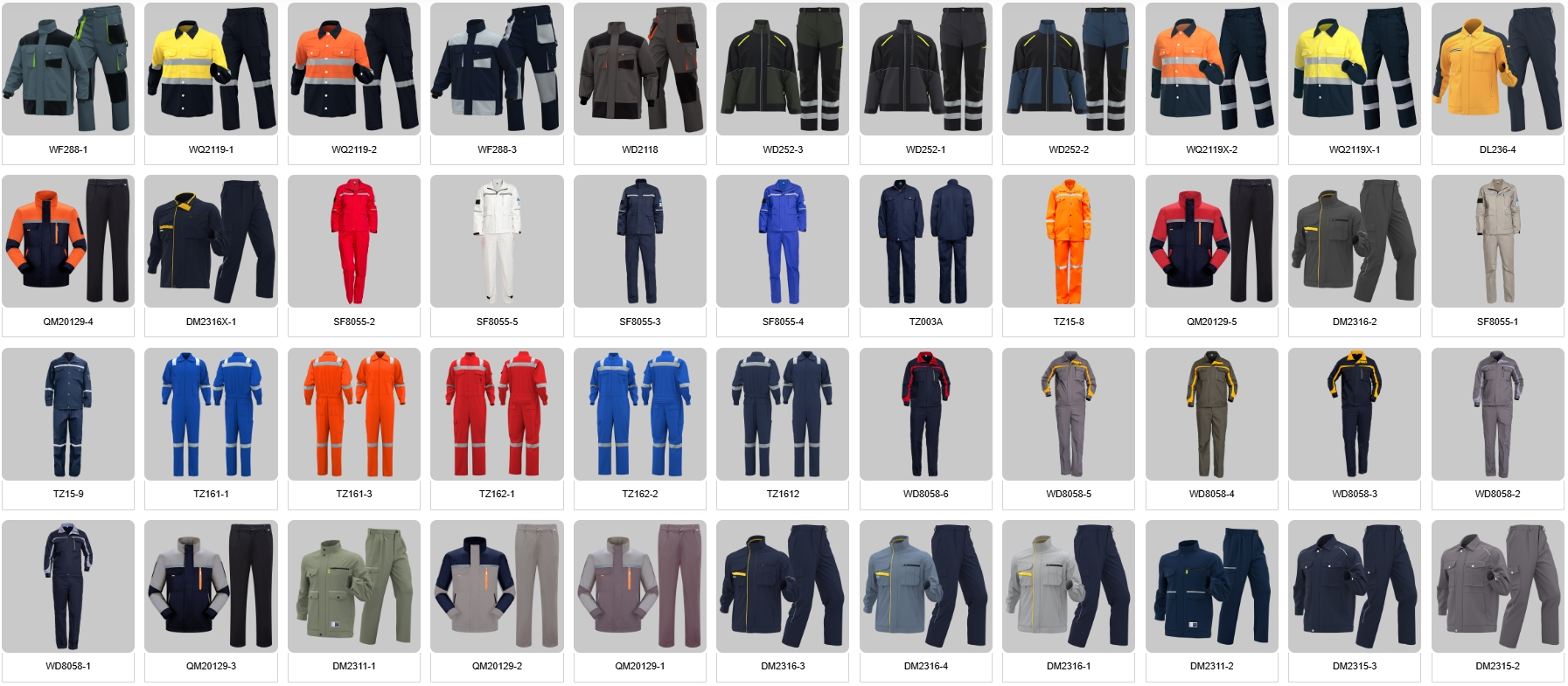What is Type 5 protective clothing?
Author:HAIYUAN TIME:2025-10-09Read:
This is a specific and important question in the context of occupational safety. Type 5 protective clothing is a classification within the European standard EN 14325 that defines the performance requirements for clothing offering protection against solid airborne particles (dust and aerosols). In simple terms, Type 5 clothing is designed to protect the wearer from hazardous dusts and particles, such as asbestos, flour dust, or pharmaceutical powders.
Key Characteristics of Type 5 Clothing
- Protection Type: Airborne Solid Particulates (dust, fibers, powders). It is a "gas-tight" suit in the sense that it prevents the ingress of fine particles, but it is not designed for gaseous or liquid chemicals.
- The "Test Aerosol": The performance is tested using a dry, solid aerosol (often sodium chloride or dolomite dust) under controlled laboratory conditions. The clothing must prevent the inward leakage of this test aerosol.
- Full-Body Suit: Type 5 protective clothing is typically a one-piece, full-body coverall that fully encapsulates the wearer. It must have tight seals at the wrists, ankles, and neck, and often integrates with other PPE like respirators, gloves, and boots.
- Performance Requirement (Leakage Test): The suit is tested by a person wearing it in a controlled chamber filled with the test aerosol. The inward leakage (the amount of aerosol that gets inside the suit) must not exceed a certain threshold. For Type 5 certification, the Inward Leakage must be ≤ 1%.
Typical Applications and Industries
Type 5 clothing is essential in any industry where workers are exposed to hazardous, inhalable solid particles:
- Asbestos Abatement and Removal
- Pharmaceutical Manufacturing (handling potent powders)
- Chemical and Pesticide Manufacturing & Handling
- Nuclear Industry (radioactive dusts)
- Foundries and Metalworking (metal dusts)
- Food Industry (e.g., handling allergenic flour dust)
- Brick and Stone Cutting (silica dust)
How Type 5 Fits into the PPE Classification System
The European standard uses a system of "Types" to classify chemical protective clothing from 1 to 6, based on the form and degree of hazard. It's helpful to see Type 5 in this context:
Important Considerations
- Material Matters: While certified as Type 5, the suit material itself must also be compatible with the specific chemical or particulate hazard. A manufacturer's data sheet will specify which chemicals the suit material is resistant to.
- Donning and Doffing: Correctly putting on (donning) and taking off (doffing) the suit is critical to avoid contamination. Training is essential.
- Integrated System: A Type 5 suit is part of a system. It must be worn with appropriate respiratory protection (a respirator), gloves, and safety boots to be effective.
In summary, Type 5 protective clothing is the go-to standard for full-body protection against hazardous dry particles and dusts, certified by its ability to limit inward particle leakage to 1% or less under standardized test conditions.

